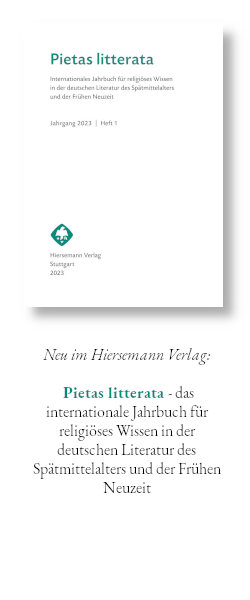A Scavenging Beast of Prey or a Harmless Reptile?
The lacta as a Puzzling Problem of Animal Classification in the Encyclopedia of Thomas of Cantimpré
DOI:
https://doi.org/10.36191/mjb/2023-58-2-2Schlagworte:
Thomas of Cantimpré, Liber de natura rerum, ancient and medieval zoology, latin lexicography, medieval encyclopedias, quadrupeds, reptiles, illuminated bestiariesAbstract
Of the twenty books of his work Liber de natura rerum, the 13th-century encyclopedist Thomas of Cantimpré devoted six to animal world. He intended not only to educate his readers about ordinary animals, but especially to amaze them with his descriptions of various strange creatures. This is most clearly visible in chapters where he described several animals whose names are often hard to explain, both etymologically and semantically. Modern researches can gain some insight into the medieval understanding of these peculiar creatures when they look at the pictures created by illuminators in copies of Liber de natura rerum and also in some illuminated manuscripts of the encyclopedias by Jacob van Maerlant and Konrad von Megenberg. However, the identity of these animals remains unclear to them. One of such enigmatic terms is the name lacta which modern scholars believe refers to the hyena. The study explores the possibility that it was originally a different animal that Thomas wrongly placed under the new name among viviparous terrestrial quadrupeds, and then enriched the brief passage taken from his source with his own ideas about the physical appearance and the diet of the creature. As a result, Thomas’s efforts gave birth to a completely new, albeit unreal animal.


